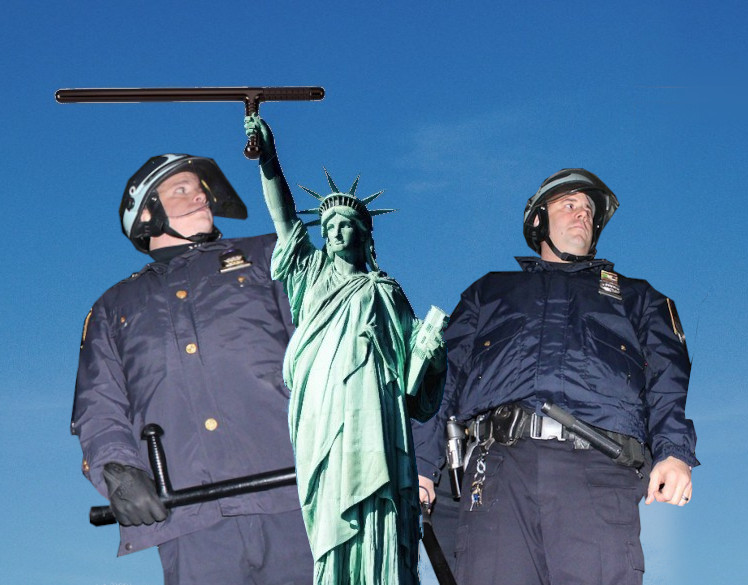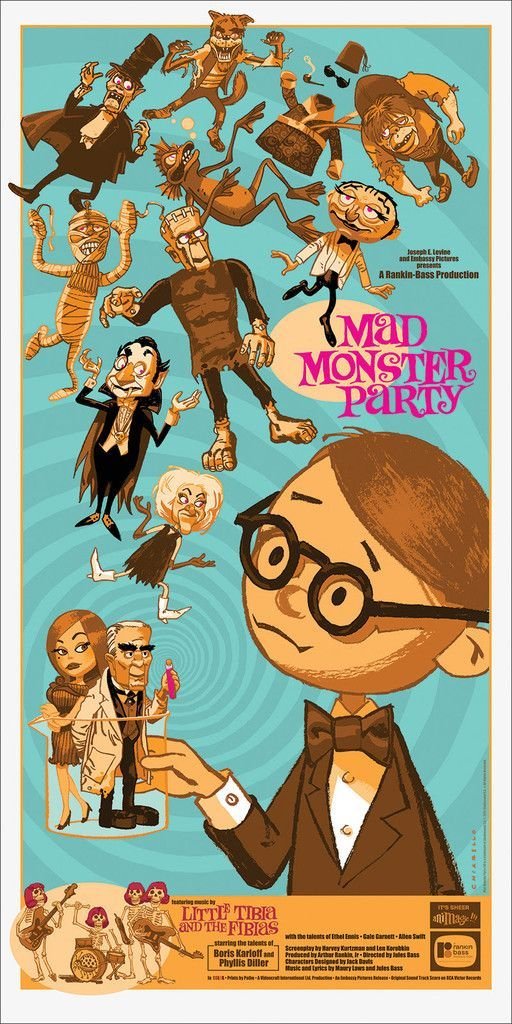
I'm not the first person to note that our understanding of ourselves and our society is heavily influenced by technological change - think of how we analogized biological and social functions to clockwork, then steam engines, then computers.
1/
1/

I used to think that this was just a way of understanding how we get stuff hilariously wrong - think of Taylor's Scientific Management, how its grounding in mechanical systems inflicted such cruelty on workers whom Taylor demanded ape those mechanisms.
2/
2/
But just as interesting is how our technological metaphors illuminate our understanding of ourselves and our society: because there ARE ways in which clockwork, steam power and digital computers resemble bodies and social structures.
3/
3/
Any lens that brings either into sharper focus opens the possibility of making our lives better, sometimes much better.
Bodies and societies are important, poorly understood and deeply mysterious.
Take sleep. Sleep is VERY WEIRD.
4/
Bodies and societies are important, poorly understood and deeply mysterious.
Take sleep. Sleep is VERY WEIRD.
4/
Once a day, we fall unconscious. We are largely paralyzed, insensate, vulnerable, and we spend hours and hours having incredibly bizarre hallucinations, most of which we can't remember upon waking. That is (objectively) super weird.
5/
5/
But sleep is nearly universal in the animal kingdom, and dreaming is incredibly common too. A lot of different models have been proposed to explain our nightly hallucinatory comas, and while they had some explanatory power, they also had glaring deficits.
6/
6/
Thankfully, we've got a new hot technology to provide a new metaphor for dreaming: machine learning through deep neural networks.
DNNs, of course, are a machine learning technique that comes from our theories about how animal learning works at a biological, neural level.
7/
DNNs, of course, are a machine learning technique that comes from our theories about how animal learning works at a biological, neural level.
7/
So perhaps it's unsurprising that DNN - based on how we think brains work - has stimulated new hypotheses on how brains work!
@erikphoel is a Tufts University neuroscientist. He's a proponent of something called the #OverfittedBrainHypothesis (OBH).
8/
@erikphoel is a Tufts University neuroscientist. He's a proponent of something called the #OverfittedBrainHypothesis (OBH).
8/
To understand OBH, you first have to understand how overfitting works in machine learning: "overfitting" is what happens when a statistical model overgeneralizes.
9/
9/
For example, if Tinder photos of queer men are highly correlated with a certain camera angle, then a researcher might claim to have trained a "gaydar model" that "can predict sexual orientation from faces."
That's overfitting (and researchers who do this are assholes).
10/
That's overfitting (and researchers who do this are assholes).
10/
Overfitting is a big problem in ML: if all the training pics of Republicans come from rallies in Phoenix, the model might decide that suntans are correlated with Republican politics - and then make bad guesses about the politics of subjects in photos from LA or Miami.
11/
11/
To combat overfitting, ML researchers sometimes inject noise into the training data, as an effort to break up these spurious correlations.
12/
12/
And that's what Hoel thinks are brains are doing while we sleep: injecting noisy "training data" into our conceptions of the universe so we aren't led astray by overgeneralization.
Overfitting is a real problem for people (another word for "overfitting" is "prejudice").
13/
Overfitting is a real problem for people (another word for "overfitting" is "prejudice").
13/
Hoel advances this argument in a fascinating, short, accessible 2020 Arxiv open-access paper called "The Overfitted Brain: Dreams evolved to assist generalization."
arxiv.org/pdf/2007.09560…
14/
arxiv.org/pdf/2007.09560…
14/
The paper demonstrates how the OBH resolves a lot of mysteries from previous theories advanced to explain dreaming. For example, it explains why dream-deprived subjects' performance fails on generalized performance tasks (which require extrapolation) but not rote tasks.
15/
15/
I learned about the paper from Peter Watts, an evolutionary biologist with a knack for turning scientific concepts into revelatory plot elements. His depiction (in MAELSTROM, 2002) of human/computer pathogenic co-evolution haunts me.
locusmag.com/2018/05/cory-d…
16/
locusmag.com/2018/05/cory-d…
16/
Watts's blog-post on Hoel's paper is a great breakdown of the explanatory power of OBH, including (especially) why dreams are so weird - a proposed solution to one of the enduring scientific mysteries that dreams create.
rifters.com/crawl/?p=9844
17/
rifters.com/crawl/?p=9844
17/
Watts connects Hoel's work to another paper, this one studying lucid dreaming, in which researchers are able to have two-way conversations with lucid dreamers while they are dreaming (!):
cell.com/current-biolog…
18/
cell.com/current-biolog…
18/
In very Wattsian fashion, he wonders what this kind of injection of rationality into dreams might do to cognition, if Hoel is right and the irrationality is a feature, not a bug. You can see the beginnings of another banger of a sf premise stirring there.
19/
19/
Hoel is ALSO an sf writer, as it turns out, and his debut novel, THE REVELATIONS, drops in mid-April: a murder mystery about "neuroscience, death, and the search for the theory of human consciousness."
erikphoel.com
20/
erikphoel.com
20/
Image: Gontzal García del Caño (modified)
flickr.com/photos/euskala…
CC BY-NC-SA
creativecommons.org/licenses/by-nc…
eof/
flickr.com/photos/euskala…
CC BY-NC-SA
creativecommons.org/licenses/by-nc…
eof/
ETA - If you'd like an unrolled version of this thread to read or share, here's a link to it on pluralistic.net, my surveillance-free, ad-free, tracker-free blog: pluralistic.net/2021/03/26/ove…
• • •
Missing some Tweet in this thread? You can try to
force a refresh








